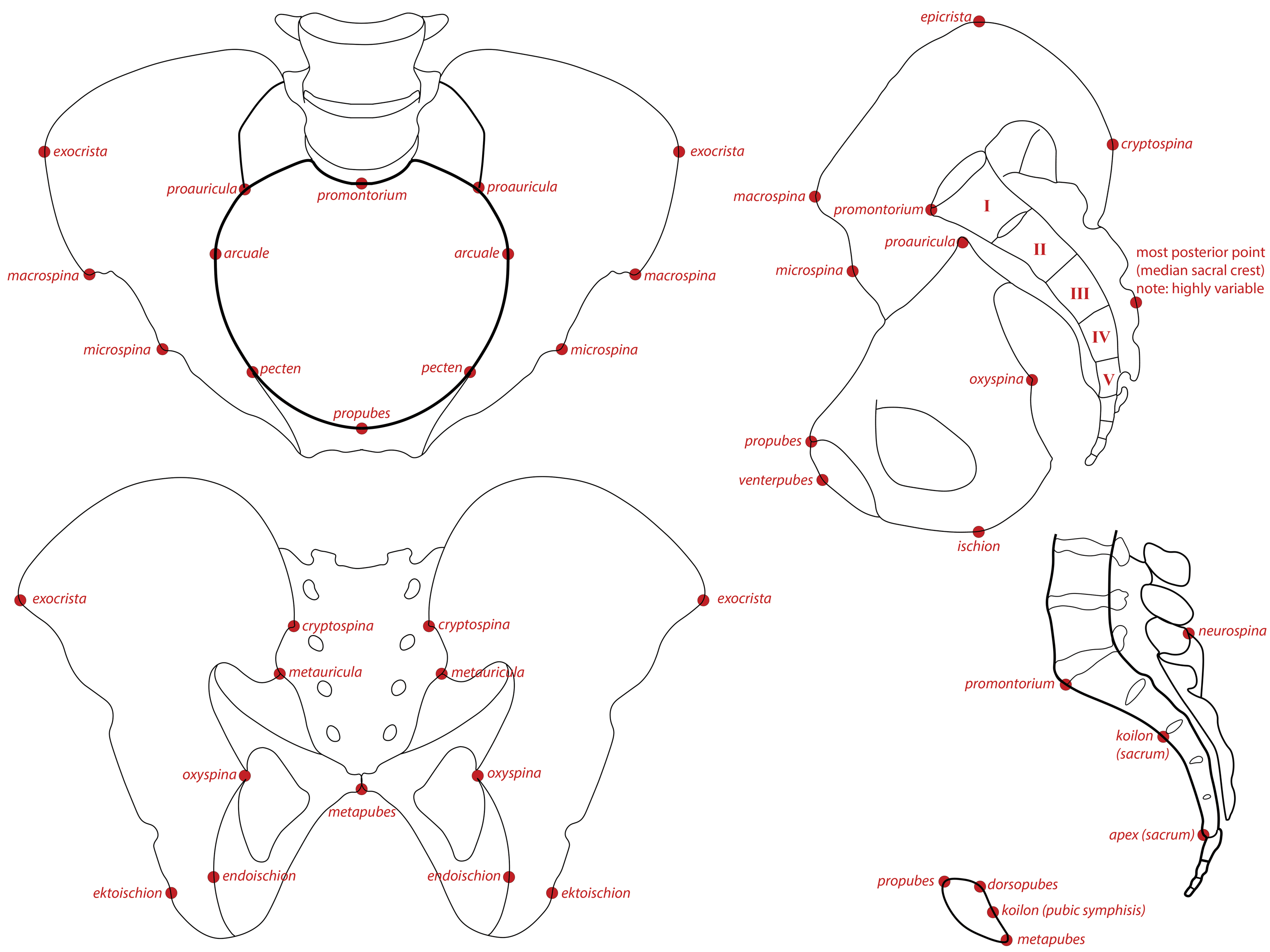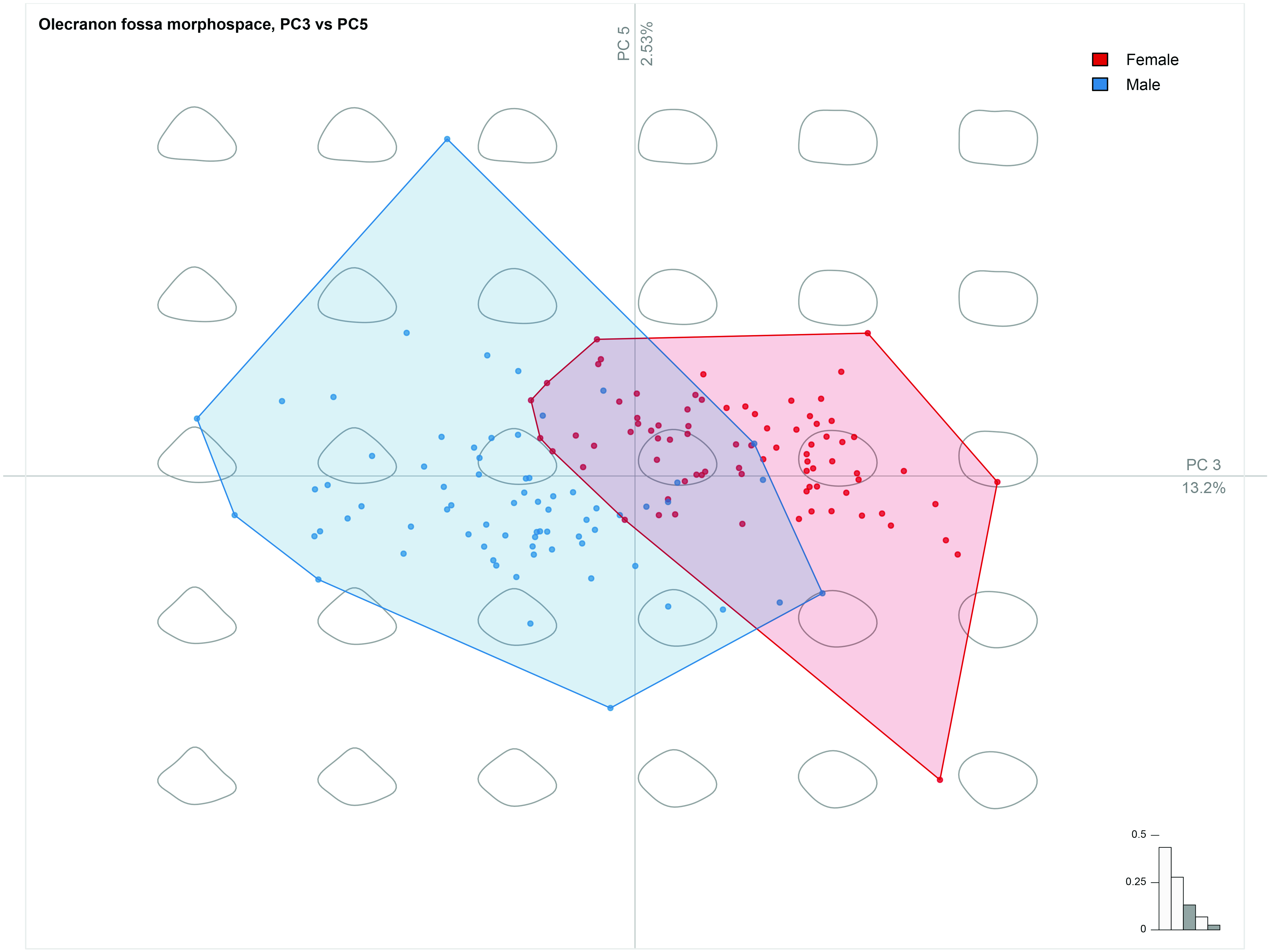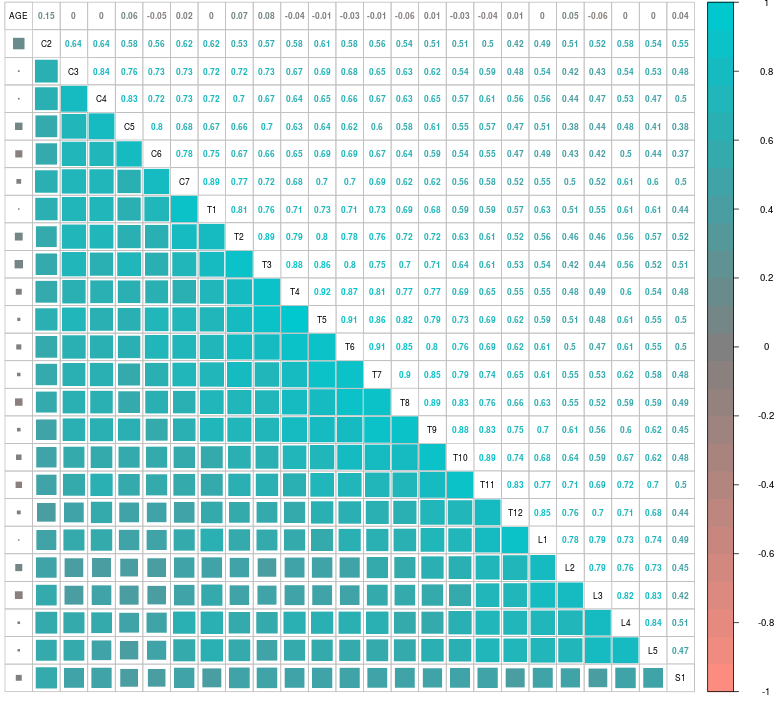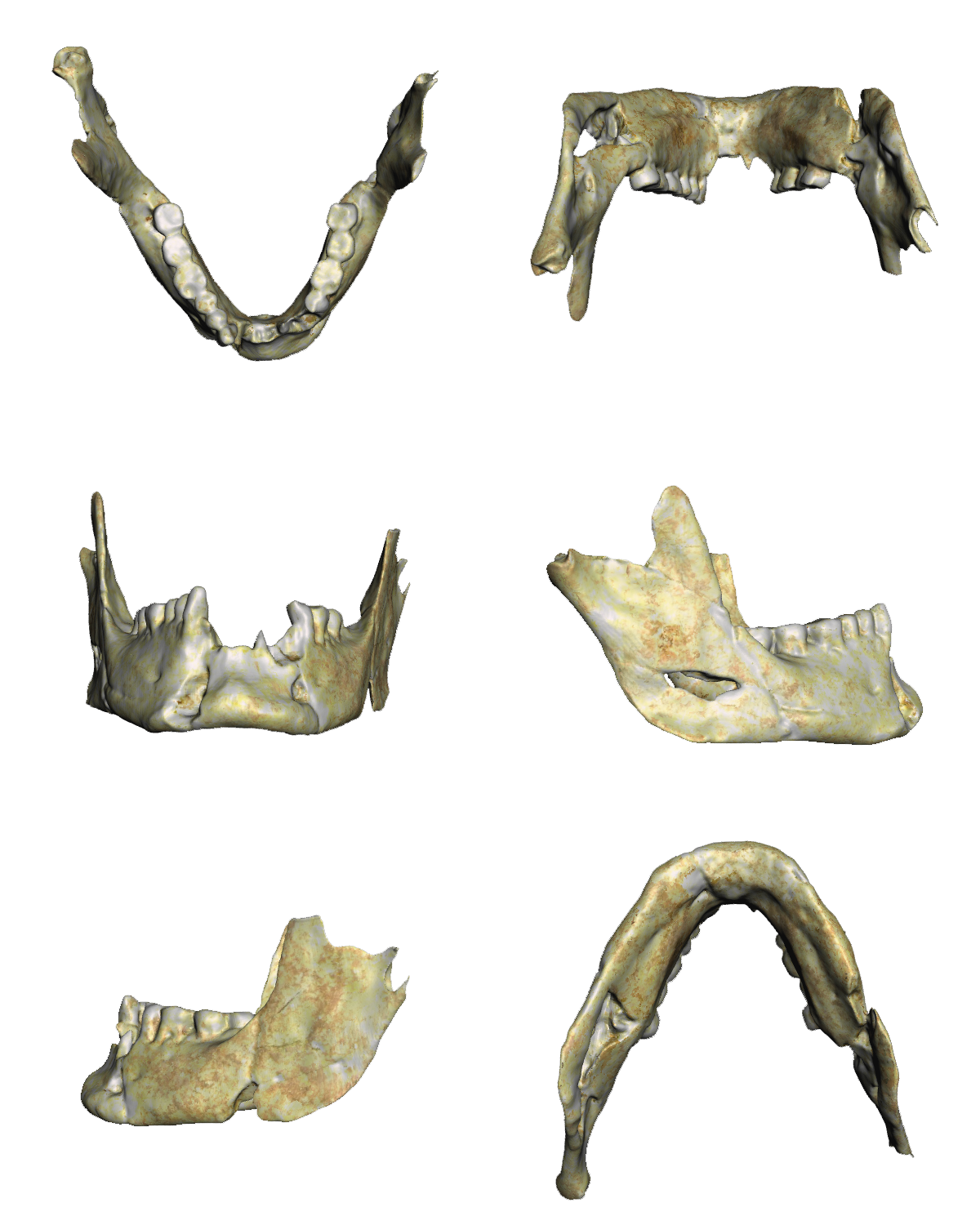Hey, I have a few new publications I want to bring your attention to.
CADOES
d’Oliveira Coelho J, Curate F. 2019. CADOES: An interactive machine-learning approach for sex estimation with the pelvis. Forensic Science International, 302:109873.
CADOES employs powerful graphical devices, flexible variable selection, robust cross-validation mechanisms, and 12 machine learning algorithms for estimating sex in skeletal remains using the pelvis.

The app is available at Osteomics.
New paper is available here.
There was media coverage about CADOES in Observador, Exame Informática, among many other portuguese magazines.
Ammer-Coelho simulator
Ammer S, d’Oliveira Coelho J, Cunha E. 2019. Outline Shape Analysis on the Trochlear Constriction and Olecranon Fossa of the Humerus: Insights for Sex Estimation and a New Computational Tool. Journal of Forensic Sciences, 64(6):1788–1795.
The easiest way to understand what we did here, is to grab a humerus, look at its distal (and posterior) end, and try to estimate its sex through outline shape simulation, using our app! I think this is the easiest-to-apply method based in geometric morphometrics ever. Well at least to my knowledge. I created the software back in 2017, so I am glad to see the paper out finally. Check it here!

SPINNE
Vilas-Boas D, Wasterlain SN, d’Oliveira Coelho J, Navega D, Gonçalves D. 2019. SPINNE: An app for human vertebral height estimation based on artificial neural networks. Forensic Science International. 298:121–130.
The SPINNE webapp together with raxter allow for a complete back-to-end protocol for anatomical stature estimation, even if some vertebras are missing in your individual. This is the most complete solution yet for the stature estimation problem in bioarchaeological or forensic anthropology scenarios. SPINNE uses a neural network regression approach to fill the missing values, similar to what we did previously in DXAGE. The paper is available here!

New biological profile data for the Lagos skeletons
Ferreira MT, Coelho C, d’Oliveira Coelho J, Navega D, Wasterlain SN. 2018. New data about sex and age-at-death based on the postcranial skeleton of the enslaved adult Africans found at Lagos, Portugal (15th-17th centuries). Cadernos do GEEvH, 7(1):7–16.
158 individuals of sub-saharan origin were excavated in an archaeological urban dump in Algarve. We re-analysed sex and age-at-death for adults (roughly 60% of the sample) using combinations of multiple methods. We provide all the dataset and results in this open access publication available at Cadernos do Grupo de Estudos de Evolução Humana.
Our research team was featured on El País!

Mandibular paleopathology case
Silva A, Tomé T, Cunha C, d’Oliveira Coelho J, Valera A, Filipe V, Scott GR. 2018. Unilateral absence of mandibular condyle in a Bronze Age male skeleton from Portugal. International Journal of Paleopathology, 22: 168–172.
I contributed with some quantitative landmark-based analyses and 3D modelling for this paper.

The paper described a pathological absence of the left mandibular condyle and its possible diagnoses, including subcondylar fracture, cystic defect, congenital absence, condylar aplasia and mandibular condylysis. The most likely explanation for the pathological alteration is subcondylar fracture with non-union. This mandible was likely functional, as can be inferred from dental wear and muscle attachment sites. This trauma probably occurred before adult age (male individual) when remodelling capacity is still high. Read more about it here.
à bientôt.
